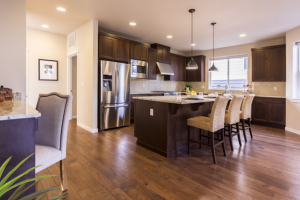As the vibrant colors of summer give way to the warm and cozy hues of fall, it’s time to shift our focus from outdoor adventures to creating a comfortable and inviting indoor haven. Your hardwood floors play a pivotal role in setting the mood for the fall season. In this blog post, we’ll guide you through the essential steps to prepare your hardwood floors for fall, ensuring that they remain both beautiful and durable during this season of change.
Routine Cleaning and Maintenance
Before diving into the specific preparations for fall, it’s crucial to start with a clean slate. Begin by giving your hardwood floors a thorough cleaning. Dust and debris can accumulate over time, and it’s essential to remove them to prevent scratches and damage. Sweep or vacuum your floors to remove loose dirt and dust. Use a vacuum with a hardwood floor attachment or a soft-bristle broom to avoid scratching the surface.
Follow up with our MacMop™ and our Easy Hardwood Floor Cleaner™. Avoid excessive water, as moisture can be harmful to hardwood floors. Ensure the mop is well wrung out before use.
Check for Damages
Inspect your hardwood floors for any signs of wear or damage. This includes looking for scratches, dents, or areas where the finish may have worn off. Addressing these issues before fall sets in will help prevent further damage.
For minor scratches, you can use a touch-up kit or a wood marker pen that matches the color of your floor to conceal imperfections. For deeper scratches or gouges, it may be necessary to consult our team of professionals for repairs.
Place Mats and Rugs Strategically
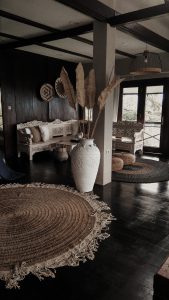
One of the best ways to protect your hardwood floors during the fall season is to strategically place mats and rugs in high-traffic areas. This not only adds warmth and coziness to your space but also prevents dirt and moisture from being tracked onto your floors. Use doormats both outside and inside your entryways to capture dirt and moisture before they reach your hardwood floors. Place rugs in areas prone to spills, such as the kitchen or dining room. Ensure the rugs have a non-slip backing to prevent slipping accidents.
Use Furniture Protectors
The movement of furniture, especially chairs and tables, can cause scratches and scuffs on your hardwood floors. Consider using furniture protectors, such as felt pads or rubber caps, on the legs of your furniture to prevent damage. Check and replace any worn-out protectors regularly to ensure continued protection for your hardwood floors.
Be Mindful of Footwear
Fall often means rainy or damp weather, and wet shoes can be a hardwood floor’s worst enemy. Encourage family members and guests to remove their shoes before walking on your hardwood floors. Keep a designated area near the entryway for shoes, and provide slippers or socks for indoor use.
Regularly Trim Pets’ Nails
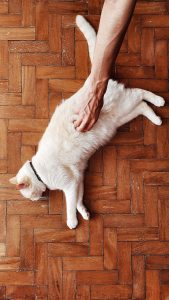
If you have pets, their nails can scratch the surface of your hardwood floors. Keep their nails trimmed to reduce the risk of damage. Additionally, consider placing mats or rugs in areas where your pets frequently walk or play.
Conclusion

Preparing your hardwood floors for fall is not only about preserving their beauty but also about ensuring their longevity. By following these essential steps, you can create a warm and inviting space while safeguarding your investment. Your well-maintained hardwood floors will be the perfect backdrop for the cozy moments and cherished memories that the fall season brings. So, embrace the season, and let your hardwood floors shine in all their autumn glory.

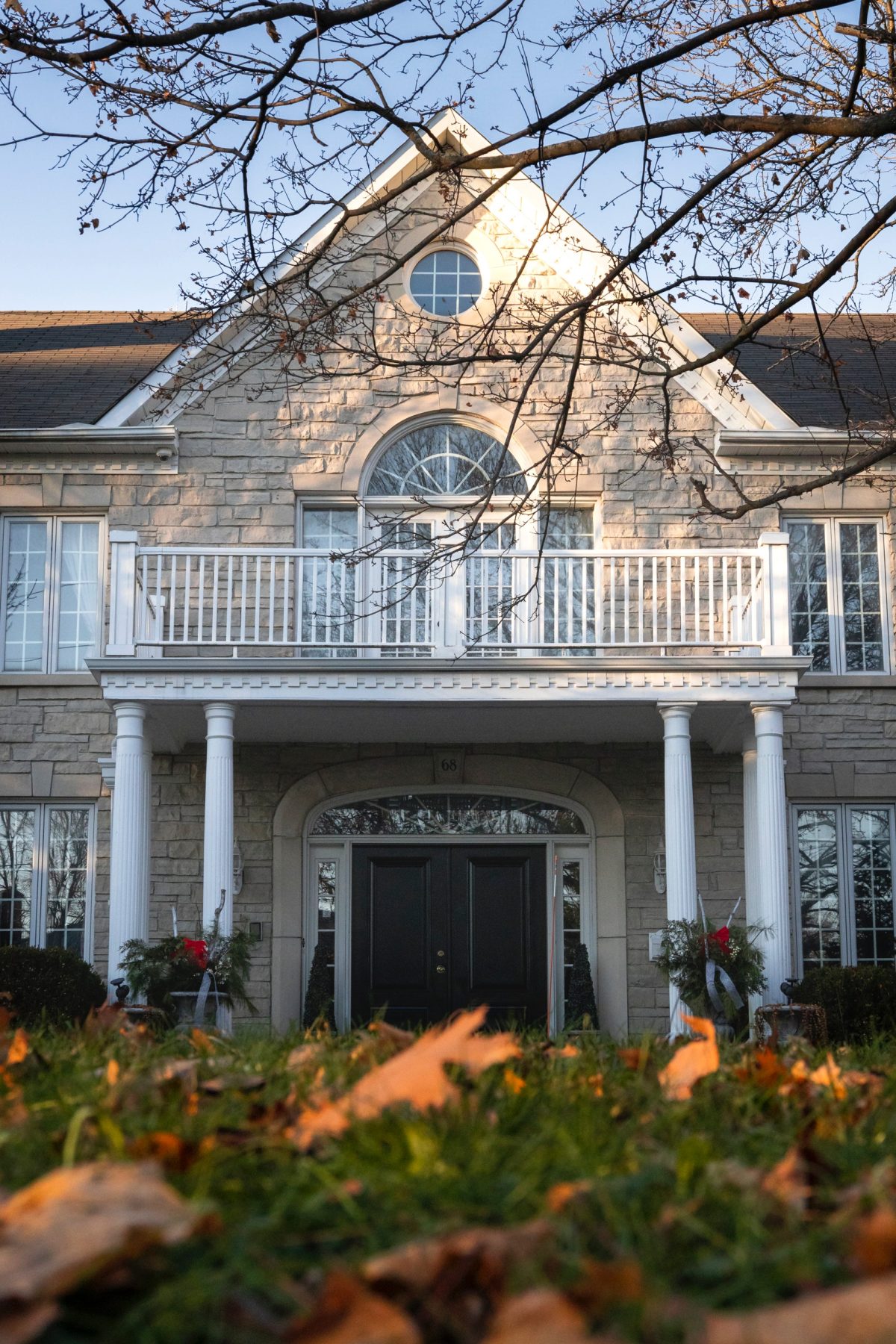
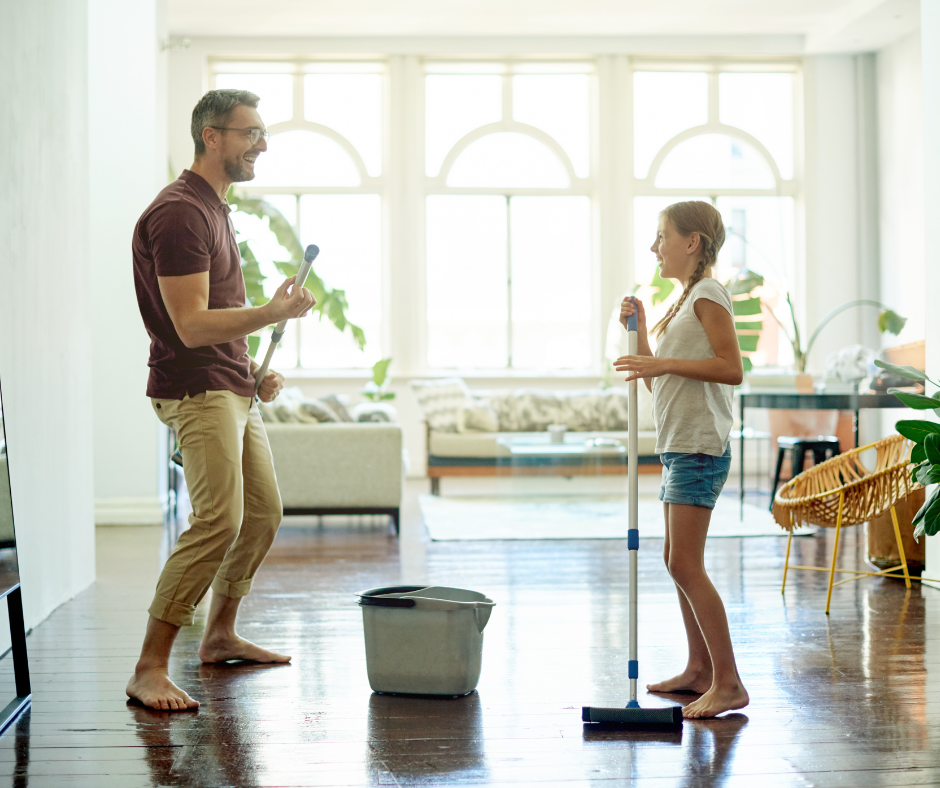


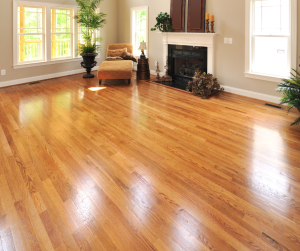
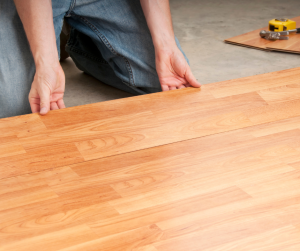
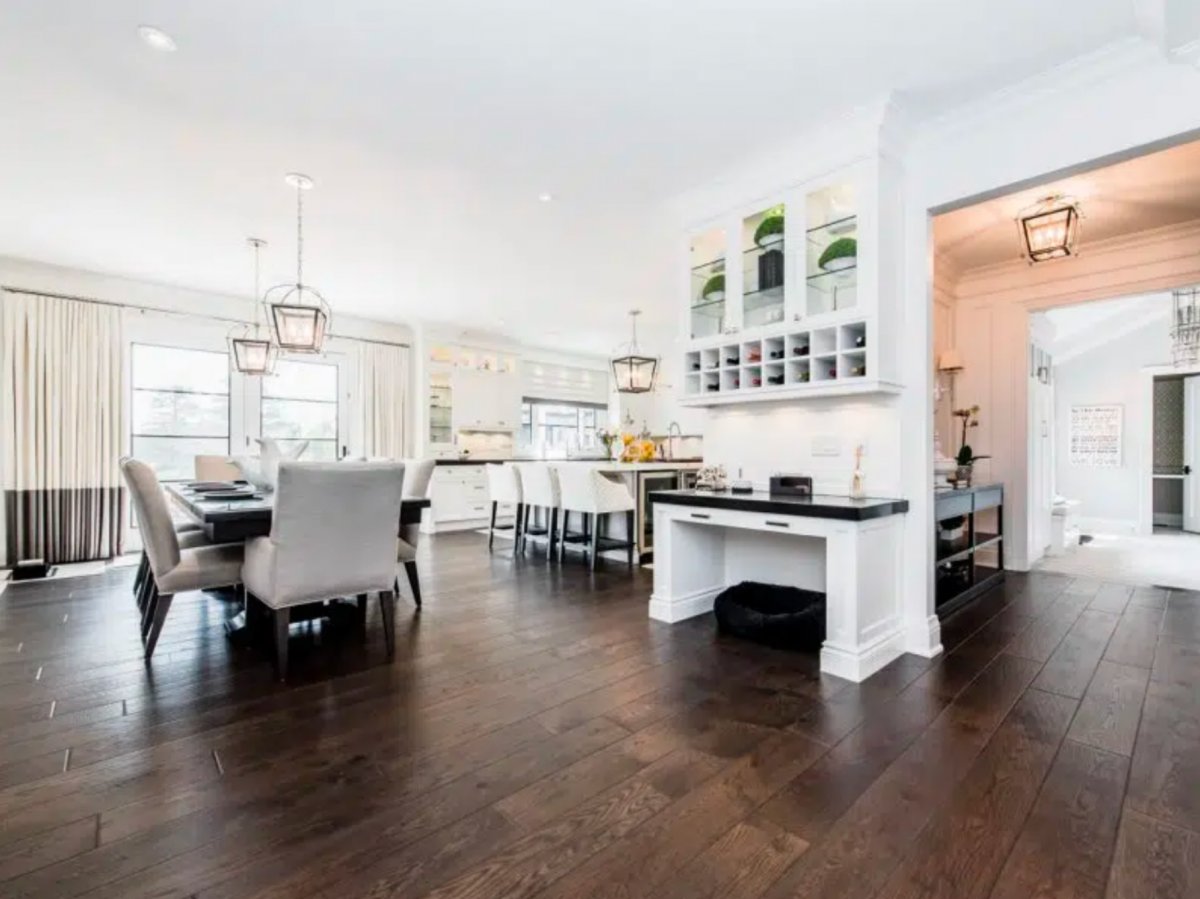

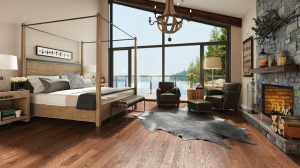

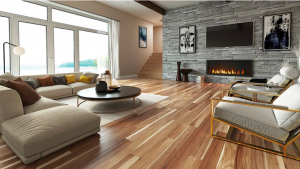
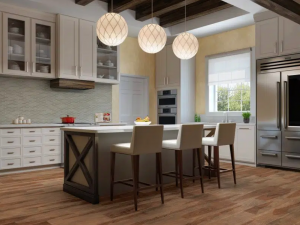
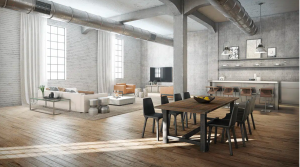
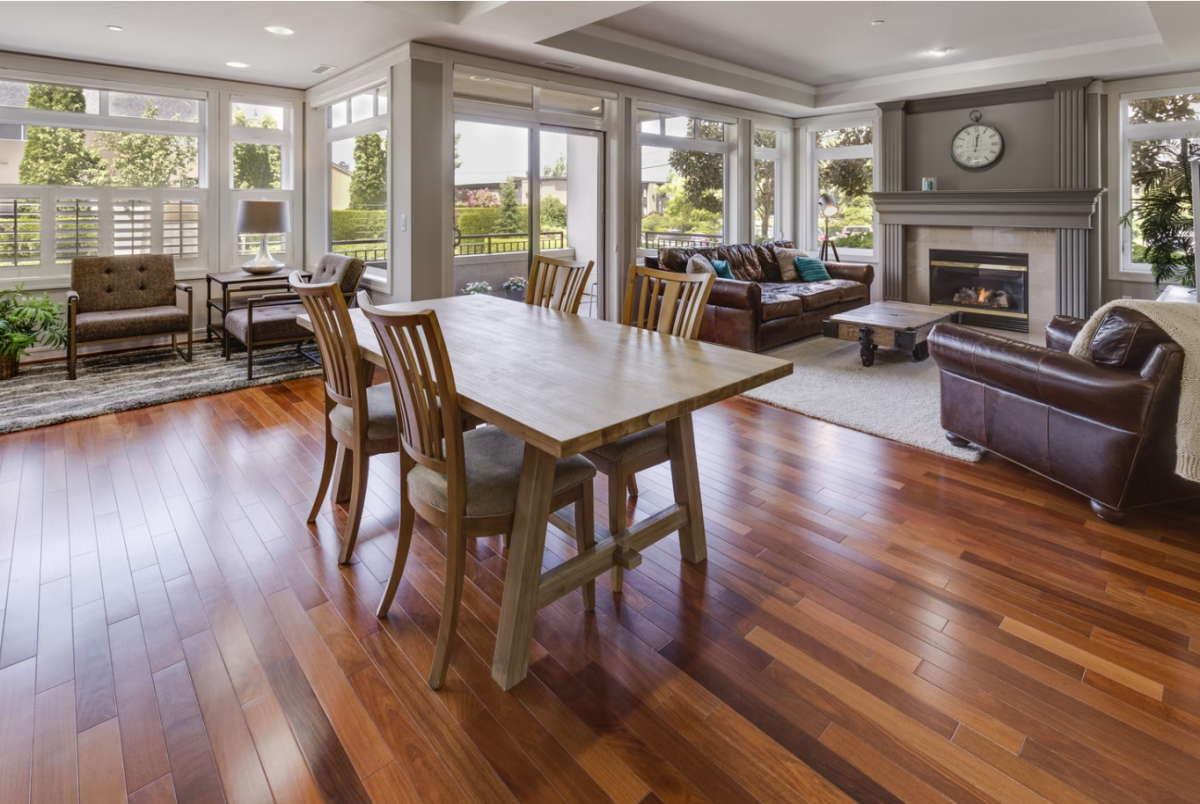

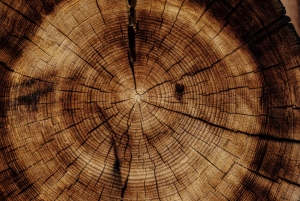
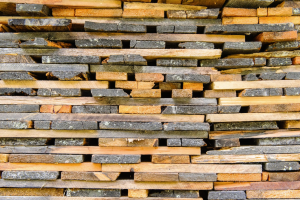
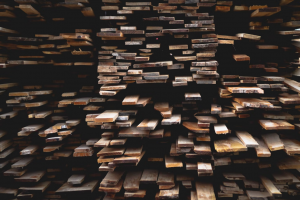
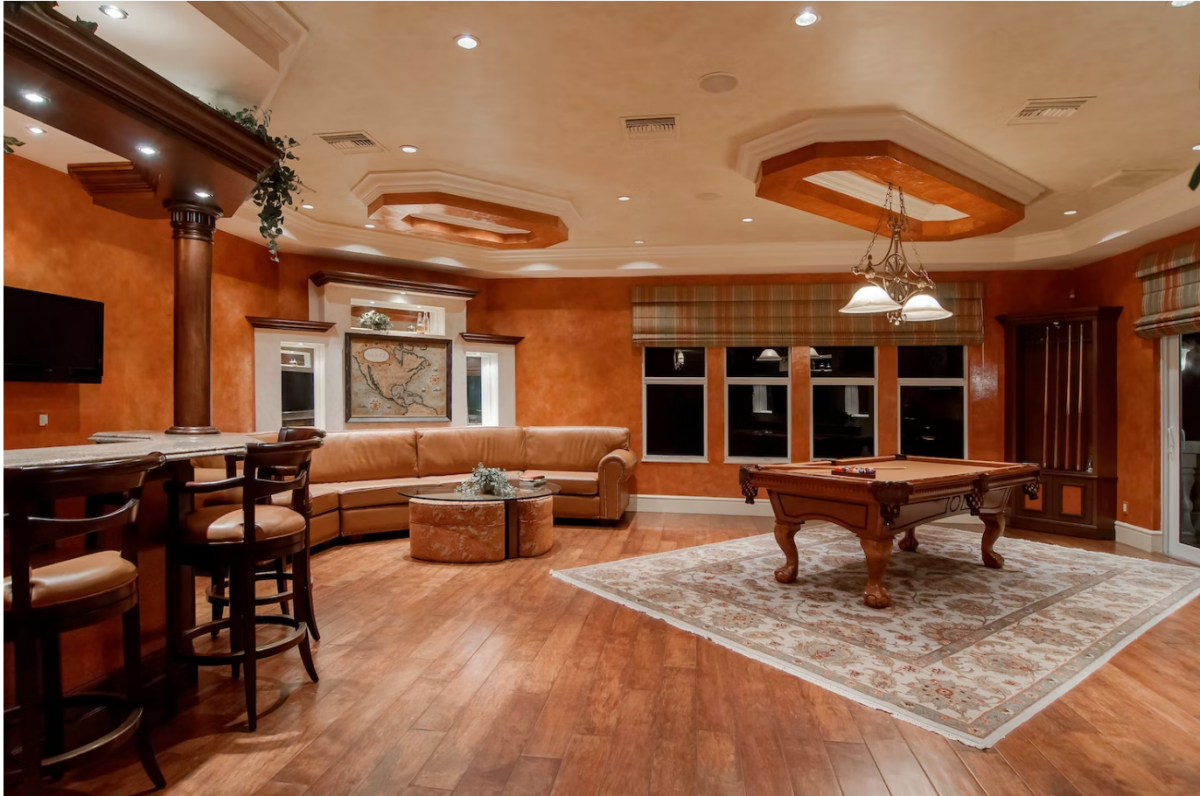
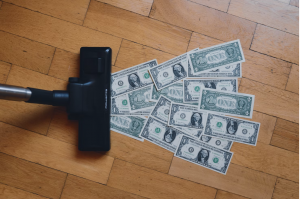

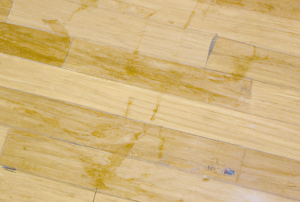


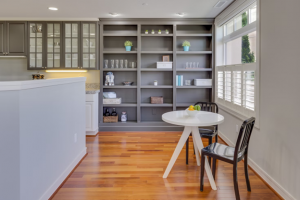
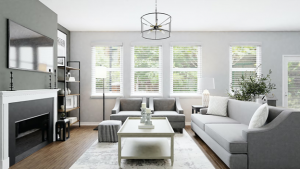


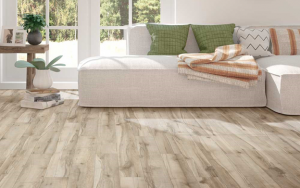
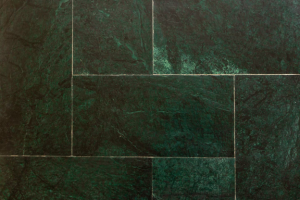
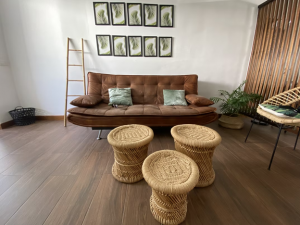
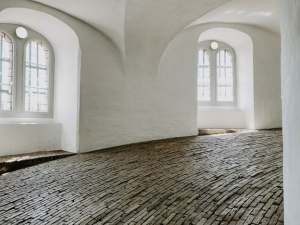


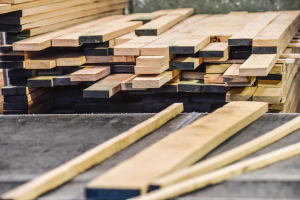 [Image source: Superior Flooring]
[Image source: Superior Flooring]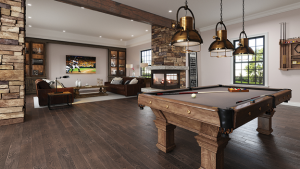
 [Image source: Preverco]
[Image source: Preverco]
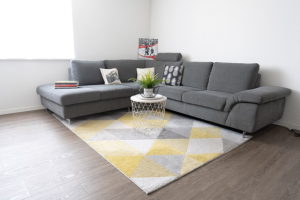 [Image source: Unsplash]
[Image source: Unsplash]
